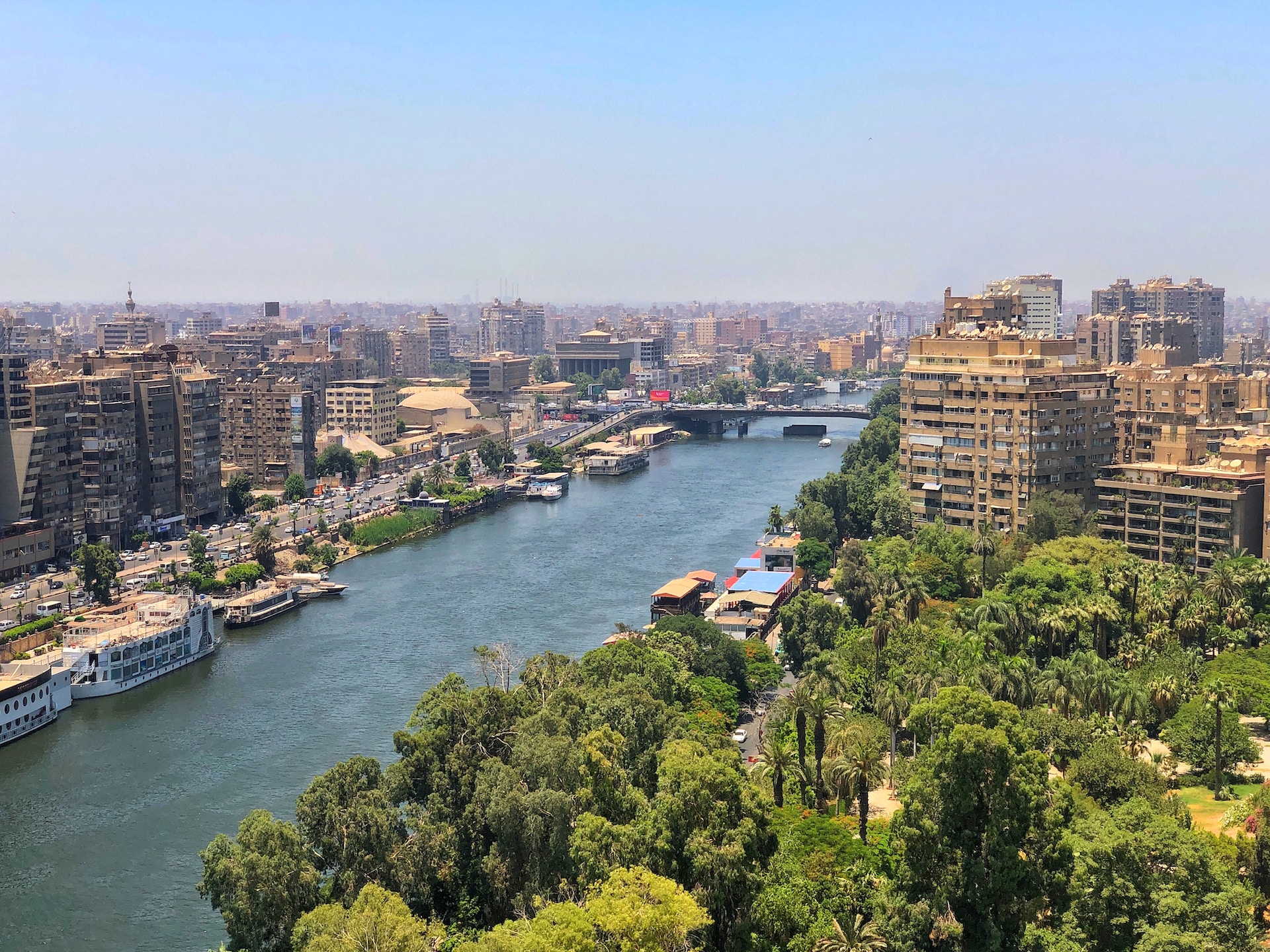Calgary weather is known for its extreme fluctuations and variability. The city is located in the foothills of the Canadian Rockies, which means that it can experience a wide range of temperatures and weather conditions throughout the year. In the winter months, temperatures can drop well below freezing, with an average low of -15°C (5°F) in January. However, during the summer months, temperatures can reach well into the mid-20s (70s°F) with an average high of 25°C (77°F) in July.
The city of Calgary is also known for its Chinooks, which are warm winds that can cause temperatures to rise dramatically in a short period of time. These winds can bring temperatures up by as much as 15°C (27°F) in just a few hours, making a significant difference in the overall weather conditions.
Precipitation is also a significant factor in Calgary weather, with an average of 8.5 inches of precipitation per year. The majority of the precipitation falls in the form of snow during the winter months, with an average of 81 inches of snowfall per year. However, the city also experiences a fair amount of rain during the spring and summer months, with an average of 4 inches of rain per year.
| Month | Low (°C) | High (°C) | Low (°F) | High (°F) | Rain (%) |
|---|---|---|---|---|---|
| January | -15 | -5 | 5 | 23 | 20 |
| February | -13 | -3 | 8 | 27 | 15 |
| March | -8 | 2 | 17 | 35 | 10 |
| April | 1 | 9 | 33 | 48 | 5 |
| May | 6 | 14 | 43 | 57 | 2 |
| June | 10 | 19 | 50 | 66 | 1 |
| July | 13 | 25 | 55 | 77 | 1 |
| August | 12 | 24 | 54 | 75 | 1 |
| September | 8 | 18 | 46 | 64 | 2 |
| October | 3 | 12 | 37 | 54 | 5 |
| November | -2 | 6 | 28 | 43 | 10 |
| December | -9 | -2 | 16 | 28 | 15 |
When it comes to the best time of the year to visit Calgary, it ultimately depends on what kind of activities and experiences you are looking for. The summer months of June, July, and August are ideal for those looking to enjoy outdoor activities such as hiking and camping in the nearby Rocky Mountains. The weather is generally sunny and warm, with temperatures reaching the mid-20s (70s°F) during the day.
On the other hand, the winter months of December, January, and February offer a completely different experience. The city transforms into a winter wonderland, with an average of 81 inches of snowfall per year. Skiers and snowboarders can take advantage of the nearby ski resorts, while others can enjoy winter sports such as ice skating and cross-country skiing.
The shoulder seasons of spring and fall also offer unique experiences. In the spring, the city comes alive with the return of warmer weather and the blooming of flowers and trees. The fall is known for its beautiful foliage, with the leaves of the trees turning vibrant shades of red, orange, and yellow.
Another factor to consider when planning a trip to Calgary is the city’s events and festivals. The Calgary Stampede, held annually in July, is a world-renowned rodeo and festival that attracts thousands of visitors each year. The Calgary Folk Music Festival and the Calgary International Film Festival are also popular events that take place in the summer months.
In conclusion, the best time to visit Calgary depends on your personal preferences and interests. The summer months offer warm weather and outdoor activities, while the winter months offer a winter wonderland and winter sports. The spring and fall offer milder weather and beautiful scenery, and the city’s events and festivals also add to the experience. It’s also important to consider that weather can be unpredictable, so it’s always a good idea to be prepared for any kind of weather during your trip to Calgary.



